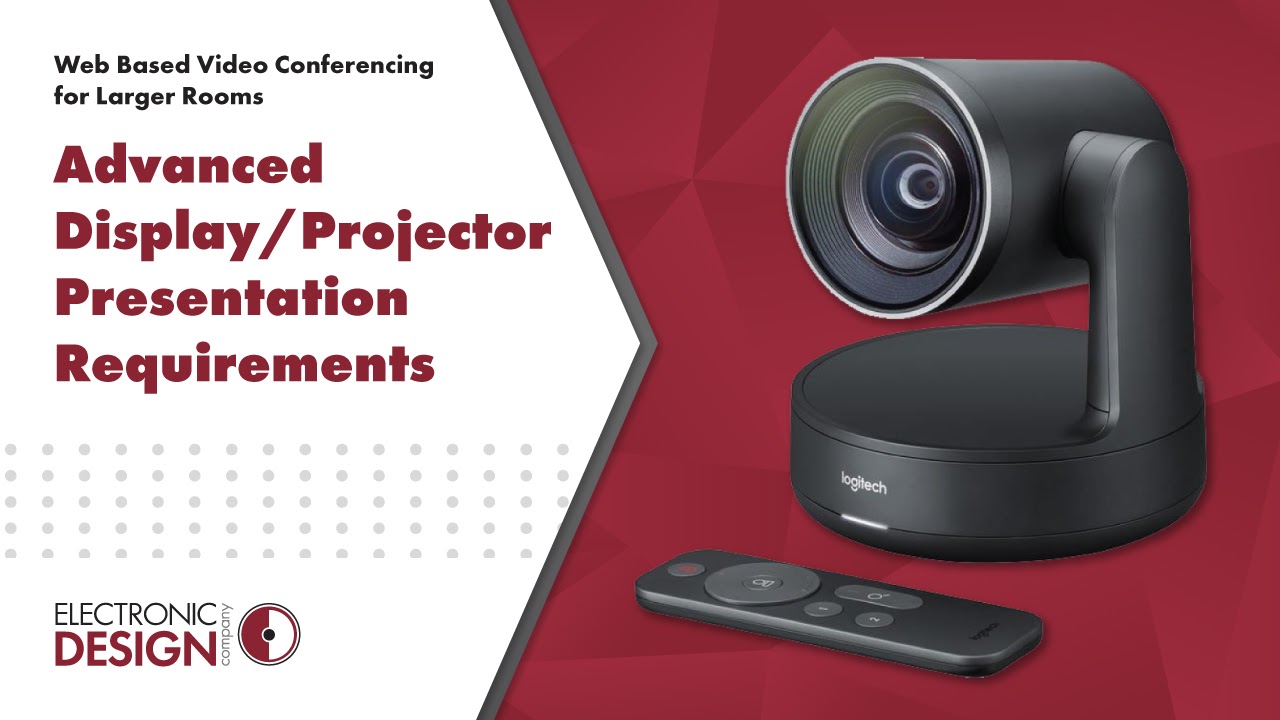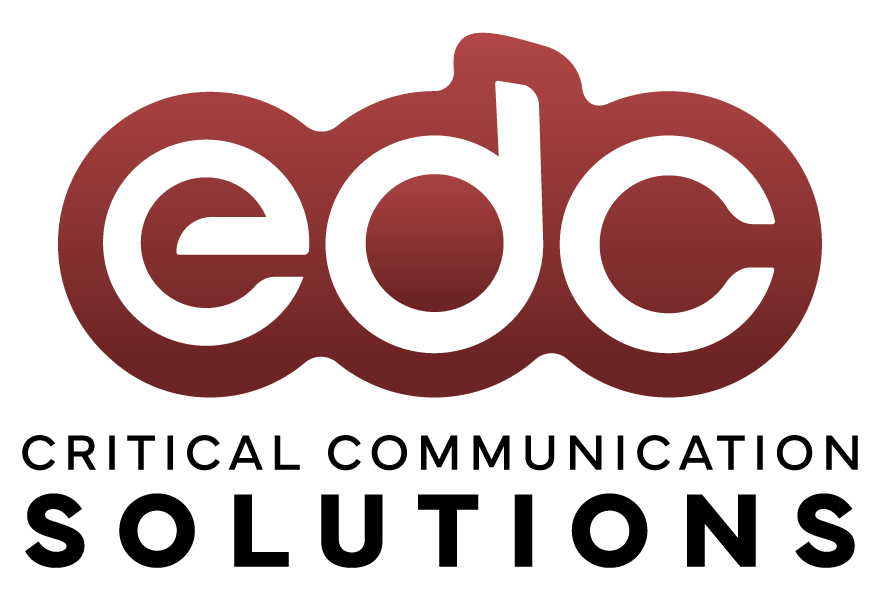
Web Based Video Conferencing for Larger Rooms: Advanced Display/Projector Presentation Requirements
October 13, 2021So, you’ve got a camera (or multiple), maybe some presentation inputs and a data link between your locations. Now, you’ve got to get this information up for viewing. There are myriad display options for flat panel monitors and projection systems, but which one suits your environment? That’s a loaded question!
There are lots of things to consider when choosing the right display technology for your project.
Room Size:
Room size drives the overall display size. The viewers in the room will need to be able to view the content (whether local or far-end) comfortably. For an example, a ‘huddle room’ may only require a single, 42” display and a medium sized conference room may require multiple 75” displays to be able to share the same content with all the viewers.
Number of Displays:
Video conferencing requires the display of both presentation material and the far-end participants. This can sometimes be accomplished on a single screen, but that is most often in huddle rooms or small team collaboration systems. A larger conference room or board room setup will typically utilize multiple displays, allowing presentation material to be shown on one display while maintaining the camera view of the far-end participants.
Mounting Height:
To achieve a good eye-to-eye feeling during the video calls, the displays and camera locations need to be coordinated. Mounting the camera directly above or below the display allows participants to feel connected with each other (not staring off to one side to view monitors while the camera is mounted in another location).
For larger spaces, ensuring the viewer in the back of the room has an unimpeded view of the screen is also crucial, meaning that the bottom of the display should be high enough that they can see it around the other participants in the room.
Display Type:
LED or LCD Television – These are the ubiquitous ‘flat screen’ displays. They offer great picture quality for the price and come in sizes up to 95” diagonal typically.
Front Projection – Projection screens can pick up where the typical flat screen display doesn’t quite get big enough. Managing the lighting in the display area is important when considering a projection solution.
Direct-View LED – Relative newcomers to this market, direct-view LED walls offer the advantages of size and intensity, without the major concerns of room lighting like the projection solutions.
Resolution:
1080p displays are still the standard for most videoconferencing applications, but 4K displays offer better image quality and future-proof your installation (until 8K becomes all the rage). Resolution plays hand in hand with display size to ensure the content is readable for the audience in the room.
While all these factors can seem overwhelming to tackle for the first-timer, integrators are well versed in these points and can recommend the proper display solution for your project and can discuss options for ways to ensure the display system’s success.
NEXT INSTALLMENT: Microphone Systems


